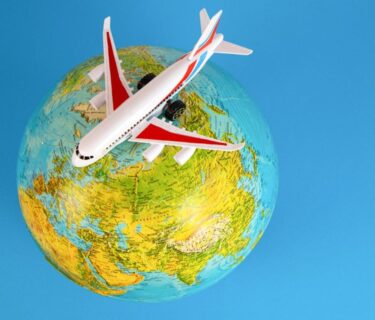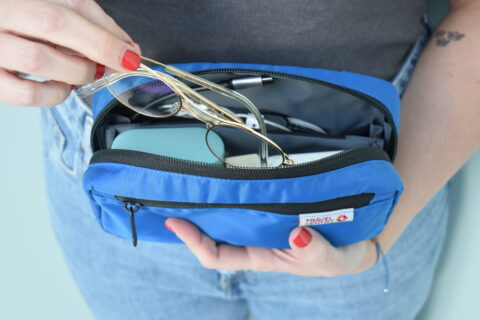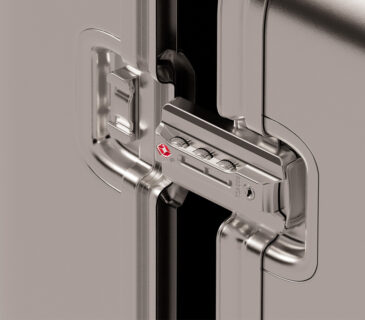Answering Common TSA Questions for Travelers
In this article, we’ll answer some of the most common TSA questions. We’ll provide helpful tips to make your next trip through the airport a breeze.
View our previous article on common TSA questions here.
What Is TSA and What Do They Do?
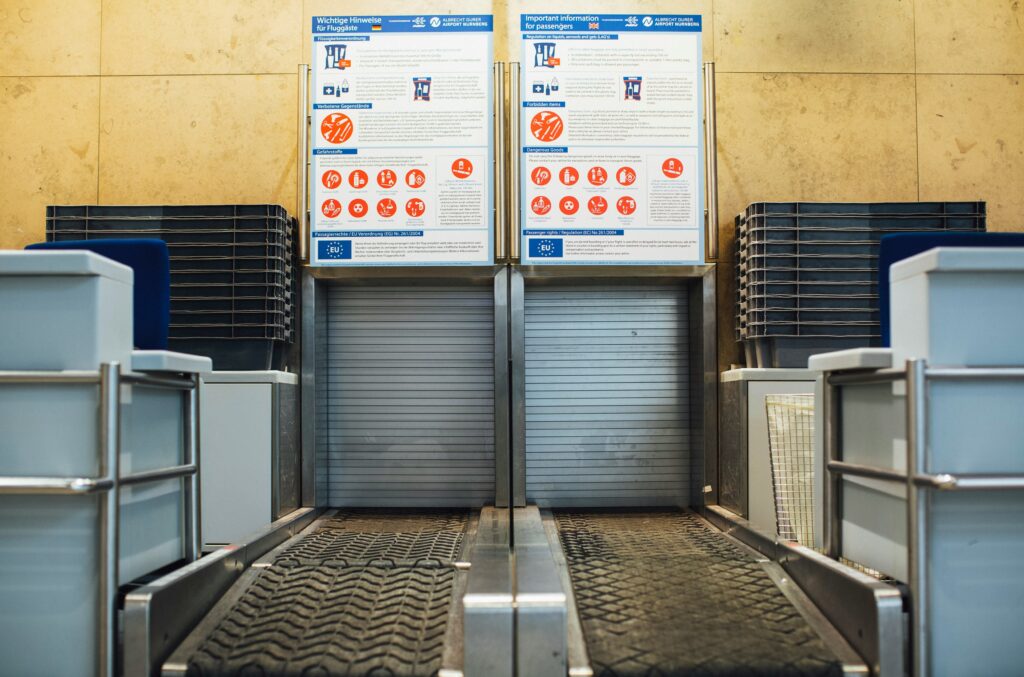
TSA stands for Transportation Security Administration. They are responsible for ensuring the safety of travellers in the United States. Their primary focus is to prevent any malicious attacks or threats on the transportation systems. With particular attention to air travel.
TSA Agents
TSA agents are responsible for screening passengers and their belongings before they board a flight. They use a variety of techniques and technology to detect potential threats. Ensuring that no prohibited items make it onto an aircraft.
Tools and Techniques
This includes full-body scanners, X-ray machines, and manual inspections. TSA agents also have training in observing behaviours and conducting random checks to maintain a high level of security.
TSA’s Role in Transportation Security
TSA also oversees the security of the entire travel process, from check-in to arrival. They work with airlines, airports, and local law enforcement to create a secure environment for travellers. They focus their efforts not only on physical checks but also in cybersecurity measures. This is to protect against potential digital threats to transportation systems.
What Are the Rules for Liquids in Carry-On Bags?
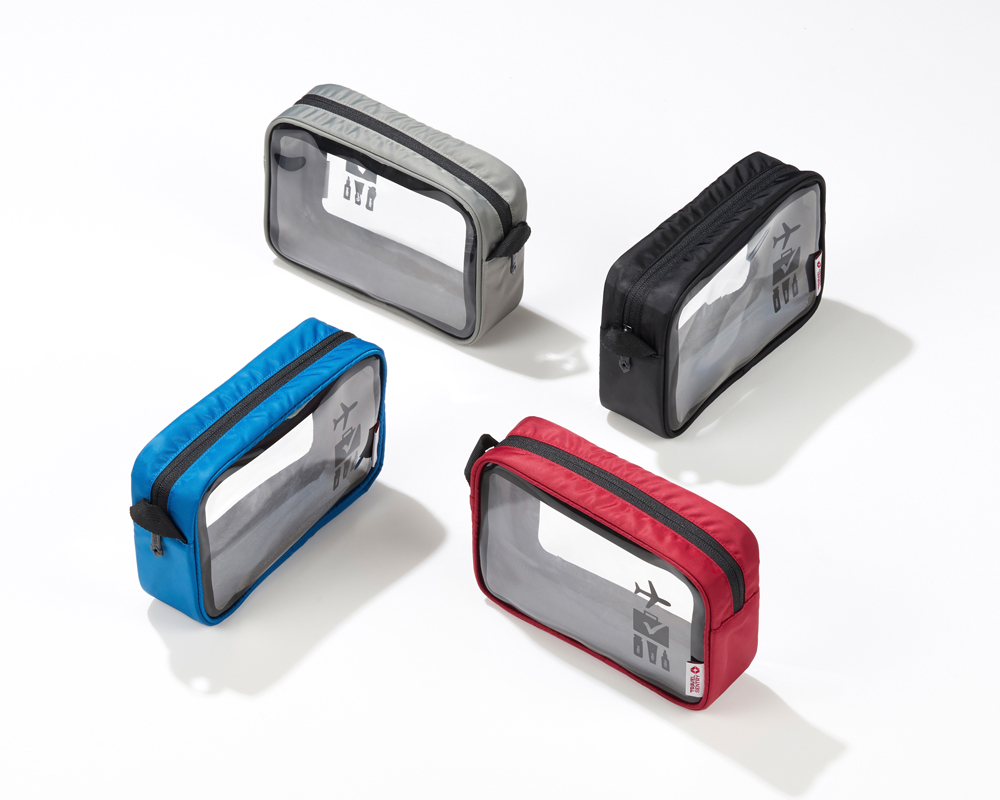
One of the most common questions travellers have is about the rules for carrying liquids in their carry-on bags. The TSA has strict guidelines for liquids, gels, and aerosols, this is the “3-1-1” rule. This regulation is in place to limit the volume of liquids that could formulate dangerous devices.
3-1-1 Rule
This rule states that each passenger can carry on one quart-sized bag of liquids, gels, and aerosols. With each container being 3.4 ounces or less. The bag must be clear, and the containers must fit comfortably inside the bag and be able to close securely. When passing through security, travellers must remove the bag from their carry-on luggage and place it in a bin for screening.
Exceptions to the 3-1-1 Rule
Exceptions to this rule include medications, baby formula, and breast milk. These can pass through security in reasonable quantities, though these items may require additional screening at the security checkpoint. If you need to bring larger quantities, it is advisable to inform the TSA officer at the start of screening.
Defining Liquids
It is important to be aware that the definition of liquids extends to creams, pastes, and gels. This also includes items such as peanut butter or creamy dips. If you are unsure if an item falls under the 3-1-1 rule, it’s better to put it in your checked luggage or leave it at home.
What Items Can You Not Have in Your Carry-On Bags?
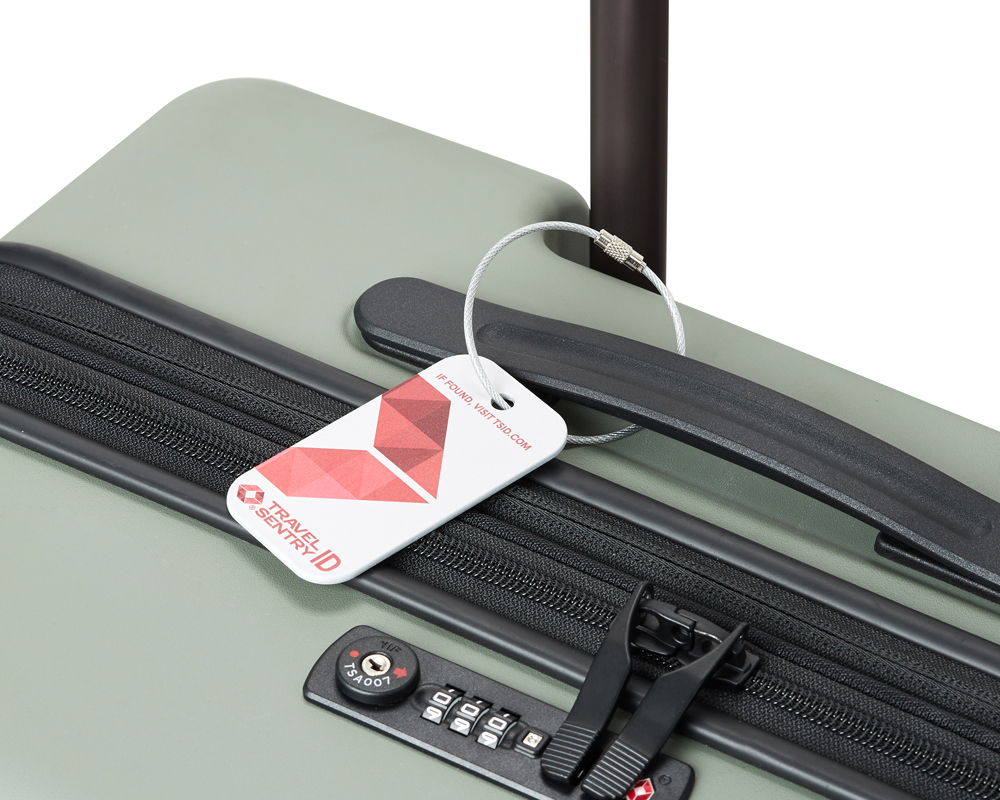
While the TSA allows for a wide variety of items in carry-on bags, there are prohibited items. These items include:
- Firearms and ammunition
- Knives and sharp objects
- Tools
- Self-defence items like pepper spray or stun guns
- Sporting equipment like baseball bats and golf clubs
- Flammable items
- Explosives
- Drugs and drug paraphernalia (unless medically necessary)
Checked Bags
It’s important to note you may carry some of these items in checked bags. But, it’s always best to check with the TSA and your airline before packing. Although you can carry some of these items in checked luggage, you must pack them according to the guidelines. This is to ensure the safety of the aircraft, its passengers, and crew.
Firearms & Sharp Objects
You must unload firearms, pack them in a hard-sided case, and declare them at the airline check-in counter. You should securely wrap sharp objects to prevent injury to baggage handlers and inspectors. When in doubt, it’s best to leave an item at home rather than risk confiscation or delays at the security checkpoint.
Other Prohibited Items
Travellers may find some of the prohibited carry-on items surprising. These include gel-type candles or snow globes that contain liquid. The TSA website provides a comprehensive list of prohibited items. It also has a feature where you can check specific items.
Can I Bring Food in My Carry-On Bag?
Yes, you can bring food in your carry-on bag, but there are some restrictions. You can carry non-perishable food items like snacks, sandwiches, and fruit. However, liquids like soups, sauces, and dressings are subject to the 3-1-1 rule. In general you can carry solid food items, but they must go through screening and may require further inspection.
Packing Food Items
It’s best to pack food items in a clear plastic bag and declare them to the TSA agent at the security checkpoint. They may need separate screening, so it’s always best to allow for extra time when bringing food through security. Be mindful that certain international destinations may have restrictions on bringing outside food into the country due to agricultural regulations.
Be Considerate to Other Travellers
Travellers should also consider the practicality of bringing food through security. Messy or odorous foods may be inconvenient to handle during the flight and can cause discomfort to other passengers. It’s always a good idea to pack food that is easy to consume and won’t spoil during your journey.
Special Dietary Restrictions
If you have dietary restrictions or allergies, you can bring your special food items on board. However, you should still follow the TSA guidelines for quantities and packaging. Keeping food organised and easily accessible can expedite the screening process and help you get to your gate faster.
Do I Need to Remove My Shoes at the Security Checkpoint?
In most cases, you will need to remove your shoes at the security checkpoint. This is to ensure that there are no prohibited items concealed inside your shoes. However, there are a few exceptions to this rule:
- Children 12 and under do not need to remove their shoes
- TSA PreCheck members do not need to remove their shoes
- Passengers over 75 years old do not need to remove their shoes
TSA Agents Discretion
Even if the airport from which you are flying does not require you to remove your shoes, TSA Agents may still request you to do so. We recommend wearing shoes that are easy to take off and put back on to streamline the process.
Footwear Choice
If you are wearing footwear such as boots or shoes with thick soles, you may need to remove them for further inspection. It’s a good idea to wear socks when travelling, as you may need to walk through the metal detector barefoot otherwise. Keeping your feet covered can help maintain personal hygiene and comfort during the security process.
Can I Bring My Laptop on the Plane?

Yes, you can bring a laptop on the plane, but you need to remove it from your bag during the screening process. You must place Laptops, as well as other large electronic devices, such as tablets, in a separate bin for screening. This allows TSA agents to get a clear view of the device without the obstruction of other items in your bag.
Turning on Your Devices
It’s important to note that the TSA may ask you to turn on your electronic devices to ensure they are not a security threat. If your device doesn’t turn on, TSA may refuse the device entering the plane. Therefore, it’s crucial to charge your devices before arriving at the airport.
Advanced Screening Technology
In some cases, TSA may have advanced imaging technology that allows for laptops to remain in bags. However, this is not available at all checkpoints, so be prepared to remove your device if instructed. Keep your electronic devices easily accessible in your carry-on to avoid delays when removing it for screening.
Multiple Electronic Devices
For travellers with multiple electronics, it’s advisable to organise cables and chargers neatly to avoid any confusion. Additionally, consider using a TSA-friendly laptop bag. This allows for a clear and unobstructed view of the device when opened, which can expedite the screening process.
Can I Bring My Medications on the Plane?
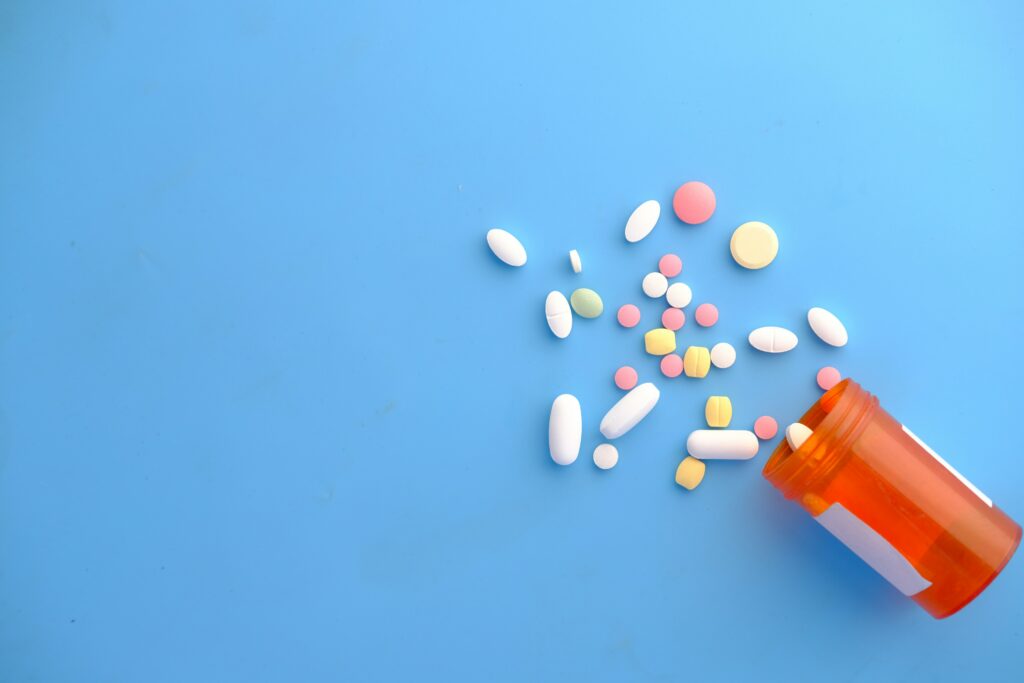
Yes, you can bring medications on the plane, both in your carry-on and checked bags. However, you should properly label medications and declare it to the TSA agent at the security checkpoint. This helps the officers quickly identify the substances and reduces the risk of confusion during the screening process.
Large Quantities of Medication
If your medication is in liquid form and exceeds the 3.4-ounce limit, you may need to go through additional screening. It’s also a good idea to bring a doctor’s note or prescription with you, especially for controlled substances. The documentation can provide verification of your need for the medication, which is helpful if questioned during screening.
Medical Equipment
Travellers with necessary medical equipment, such as insulin pumps or oxygen tanks, should also inform TSA officers. These items typically require special handling and may be subject to additional inspection. It’s essential to be proactive and communicate with TSA agents to ensure a smooth screening experience.
Separating Medication
The TSA recommends placing medications in a separate bag or pouch to facilitate the screening process. Keeping them separate from other items can prevent contamination and ensure that they are easily identifiable. If you have medication that requires refrigerating, you can bring ice packs as long as they’re frozen.
What If I Have a Disability or Medical Condition?
The TSA offers accommodations for travellers with disabilities or medical conditions. This may include assistance with screening, additional time to go through the checkpoint, and private screenings if needed. The TSA Cares program provides travellers with disabilities or medical conditions extra support. Helping them to navigate the security process with dignity and respect.
Request Support Before Travelling
It’s important to contact the TSA at least 72 hours before your flight to request special accommodations. You may also request a passenger support specialist at the airport to assist you with the screening process. These trained professionals can help explain the procedures and ensure that your screening is as comfortable as possible.
Mobility Aids
TSA agents are trained to handle mobility aids, such as wheelchairs or scooters. The devices may require additional screening, including swabbing or physical inspection. If you have concerns about how they’ve handled your equipment, contact TSA officers or a supervisor.
Service Animals
For travellers with service animals, ensure you inform the TSA officer that the animal is a service animal. The animal will need screening, and this typically includes a visual and physical inspection. Service animals can typically stay with their handler throughout the screening process. This helps to keep their calm and ensure their effectiveness.
Do You Have Anymore TSA Questions?
If you have any more TSA questions feel free to contact us. View our previous article on common TSA questions here. View our TSA locks page and our travel accessories.

